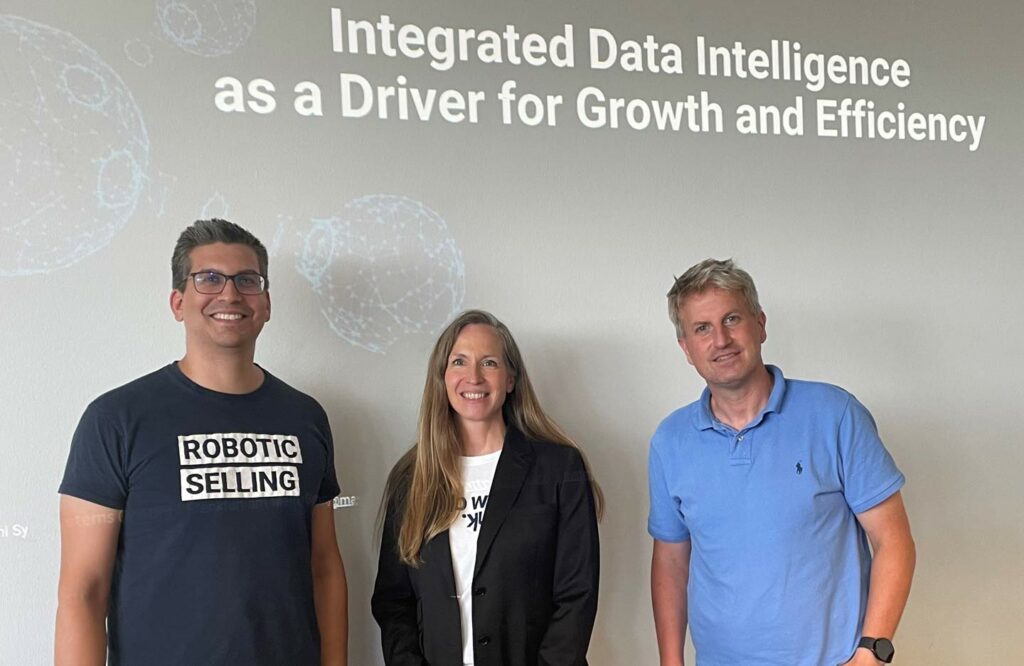The MAROPO concept stands for “MApping ROPO” (Research On-/Offline with Purchase On-/Offline) and is aimed at companies that sell at least products with a certain margin, as it is often not profitable to use sales for low-value products. The idea is to develop an optimally digitized sales force.
The MAROPO concept was first published in a separate chapter in March 2018 in the German book Dialogmarketing Perspektiven 2017/2018 from Springer-Verlag.
Here you can download the corresponding article free of charge:
Abstract
In this paper, we outline the MAROPO concept, which we developed together based on our entrepreneurial and scientific experiences and which helps our customers to better understand the challenges in digital sales and thus to execute projects and implementations more easily. MAROPO combines strategic thinking of the segmenting-targeting-positioning (STP) approach with tactical processes that link lead management with lead nurturing and sales. This embeds marketing and sales decisions in processes, clarifies data and system integrations, and builds key performance indicators. Experience with MAROPO to date shows that marketing and sales should think even more process-oriented in the future, as this is the only way to automate processes to a greater extent. The use of process modeling is helpful in many cases, but must take into account the wide range of decision-making options available to consumers.
Brief introduction to the MAROPO concept
The sales process can be divided into three stages:
- Lead generation
- Lead Nurturing
- Sales
After leads have been generated (1), their buying interest is developed (2). If the buying interest is sufficiently developed, e.g. exceeds a threshold value, sales becomes active (3).
Since the process is not linear in reality, it is recommended that the sales process is modeled, e.g., using BPMN. The sales process in its entirety now no longer extends to individual systems, but across systems. Also, a separation between marketing and sales systems is not always clearly given in a holistic process (areas 1-3). Therefore, a clear data and system integration is required. We realize this integration with our Enterprise Data Platform and its components, the DataEngine and the HubEngine. External services can be connected to determine scores or other key figures for automated control of the sales process in real time.



